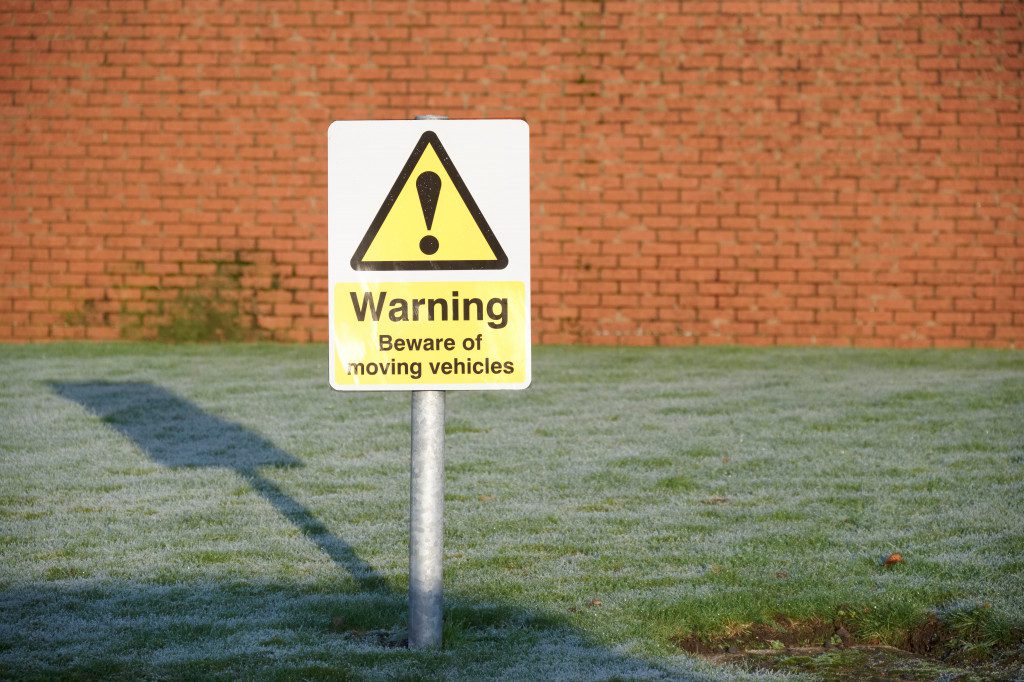In any workplace, it is crucial to maintain a safe and healthy environment. Especially in a manufacturing setting, many potential hazards can pose a significant danger to the employees and your products. Taking the necessary precautions can help create a safe work environment and avoid accidents. Here are some ways to make your manufacturing workplace safe:
Keep the workplace clean
A clean workplace is a safe workplace. That’s because a clean environment is free of potential hazards and minimizes the spreading of bacteria and other contaminants.
It is crucial to keep work areas clean in a manufacturing setting. That means sweeping debris, removing oil or grease buildup, and wiping surfaces.
In addition to general cleaning, manufacturers should also schedule regular deep-cleaning sessions. It could involve pressure washing the floors or using special cleaners to remove built-up grime.
Cleaning is essential for maintaining a safe workplace, but it’s also crucial for quality control. That’s because contaminants can adversely affect the final product’s manufacturing process.
Ensure proper plumbing
Across all industries, having a well-functioning plumbing system is essential. That is especially true in manufacturing, where a disruption in the water supply can completely halt production.
In addition to having enough water for the manufacturing process, it is also essential to ensure that the water is of the correct quality. That means removing any contaminants before the water enters the system. There are several ways to achieve this, including filtration and reverse osmosis.
Furthermore, the water must be adequately heated or cooled as required by the manufacturing process. Durable industrial pipe valves can help regulate the water temperature and keep it consistent. Lastly, it is crucial to have a reliable disposal system in place so that any wastewater generated by the manufacturing process gets safely removed.
By ensuring that these factors are accounted for, manufacturers can avoid costly downtime and ensure that their product meets all quality standards.
Check electrical wirings
Most manufacturing facilities require a significant amount of electrical power to operate. That means many wires and cables are running throughout the facility, which can pose a trip hazard. So, it’s crucial to keep them well organized and secured.
It’s also essential to regularly inspect electrical cords and wires for any damage. If there are any frayed or exposed wires, they need immediate repairs or replacements. Furthermore, all electrical equipment should be properly grounded to avoid shocks.
Professional assistance may be necessary to inspect and repair electrical wiring properly. Although it may require an additional cost, it is worth it to avoid any accidents in the workplace.
Provide proper ventilation
Many processes generate harmful fumes that can be dangerous to breathe in. Those fumes can build up without adequate ventilation and create a health hazard. In some cases, they can even be explosive.
That’s why it is crucial to have a well-designed ventilation system in place. The design should be able to remove the fumes and circulate fresh air into the workspace.
When choosing a ventilation system, manufacturers must consider the type of fumes present. They should also view the size of the workspace and the number of employees.
Once the system gets installed, it is essential to regularly maintain and clean the filters to ensure that it continues to operate effectively.

Post signs and warnings
Most manufacturing facilities have many potential hazards. It is crucial to post signs and warnings to make employees aware of the risks.
For example, if tripping is dangerous, manufacturers should put signs that say “Watch your step.” Or, if there is a possibility of getting caught in machinery, they should post signs that say “Danger: Do not enter.”
In addition to physical signs, manufacturers should also send out regular reminders about safety procedures. Those could be in the form of emails, memos, or even announcements during company-wide meetings.
By constantly reminding employees of the dangers present in the workplace, manufacturers can help create a culture of safety in the workplace.
Invest in Safety Equipment
One of the best ways to protect employees is to invest in safety equipment. That could include items like gloves, goggles, and earplugs.
A wide range of safety equipment is available on the market, so choosing the right type for the specific workplace is essential. It’s also crucial to ensure that the kit fits appropriately. It won’t provide adequate protection if it’s too loose or tight.
Lastly, employees should be well-trained on how to use the safety equipment. They should also know when it is necessary to wear it. By investing in safety equipment, manufacturers can significantly reduce the risks present in the workplace.
Manufacturing is a process that can be risky if the proper safety precautions are not well-taken. Following the above tips can help create a safe workplace and avoid accidents. So, manufacturers should be vigilant about workplace safety to protect their employees and business.


